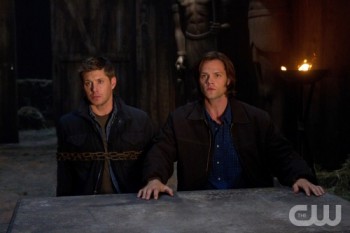Game Review: Innistrad from Magic the Gathering
Magic The Gathering has recently released another set, this one featuring the dark plane of Innistrad. The end word of title in itself, Strad, should tell you all you need to know to get started here.
The Vampire Strad, as most older gamers will remember, was the famous vampire found in the classic TSR module I6 Ravenloft. That particular gaming supplement was so popular that it spun off its own boxed set and gothic fantasy dimension in the early 90s.
I’ve always been a fan of I6 for a couple of reasons. A: The cover might be the best work Clyde Caldwell ever did for TSR, and that’s saying something. And B: It featured the first TSR 3D map which detailed Strad’s castle.
Now I recently picked up a copy of this module, took it to Milwaukee, and had Caldwell sign it as Wayne Reynold’s birthday gift because the cover inspired Wayne to become an artist. That in itself should be enough to put it into TSR’s artistic top 10, but as the concept of Strad and his new domain began to grow, the creative think tank at TSR began to fail in how to deliver it.
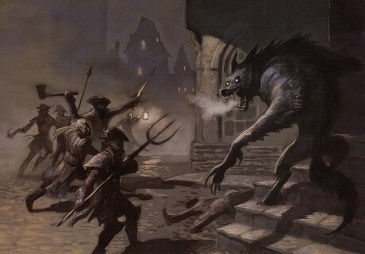
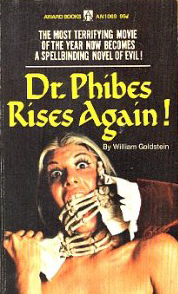
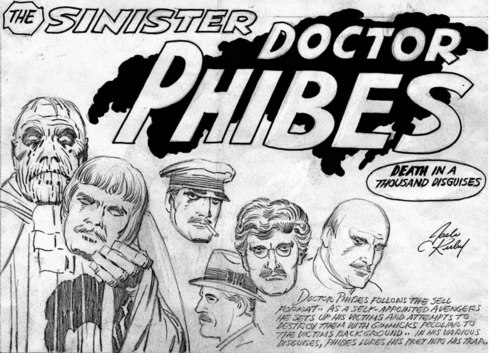
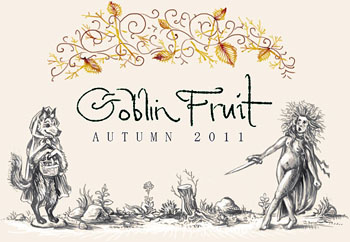 The new
The new 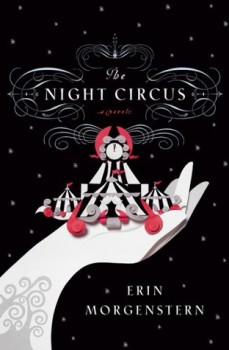

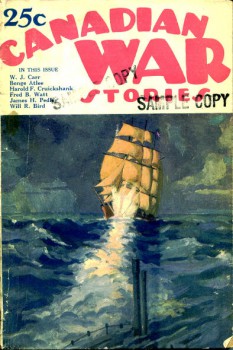
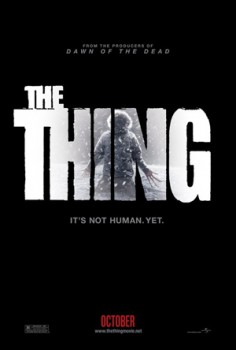
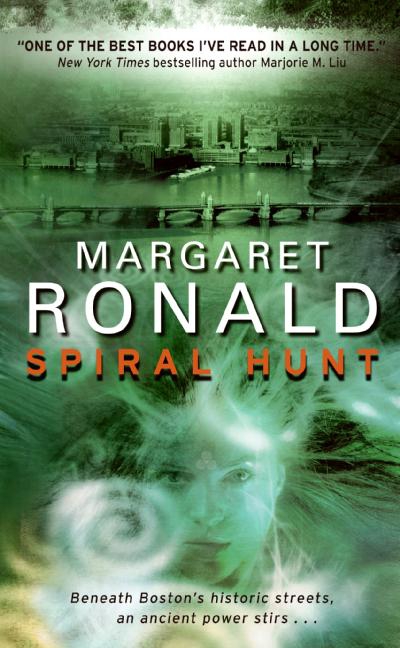 Spiral Hunt
Spiral Hunt